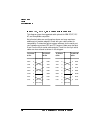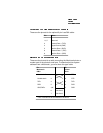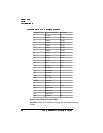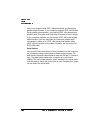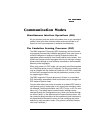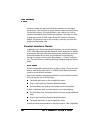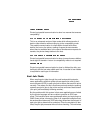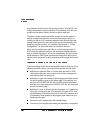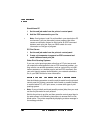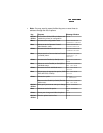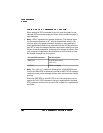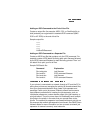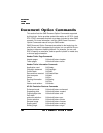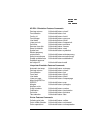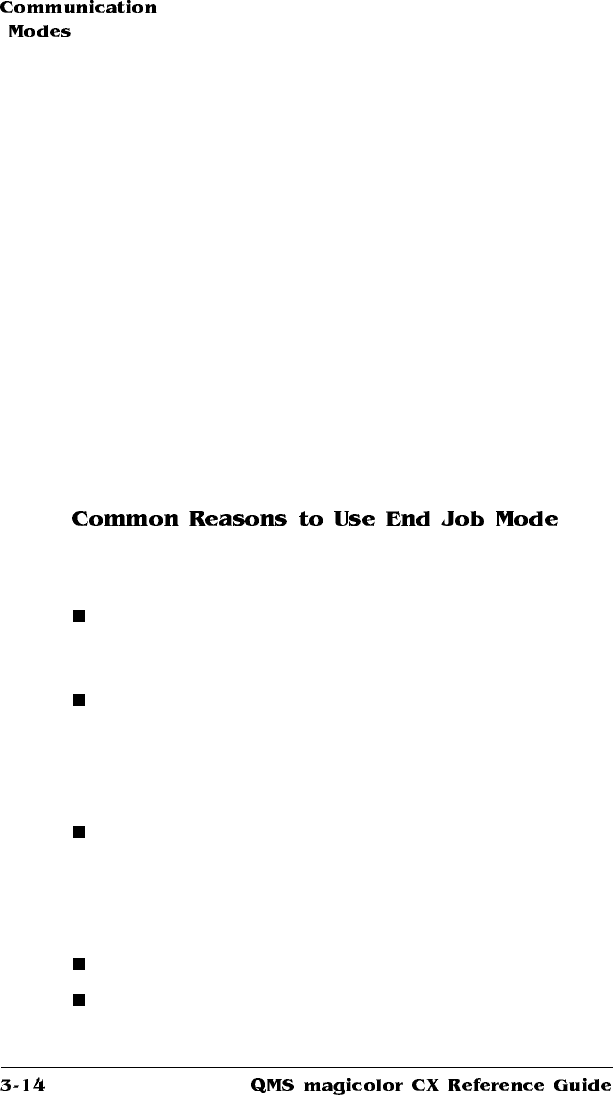
any slowdown resulting from the sensing process. To help ESP tech-
nology determine the proper emulation of successive print jobs, the
printer must be able to identify the end of job for each job.
Therefore, unless a wait timeout (the amount of time the printer is
waiting on data from the host) occurs and ends each print job, or
unless you add an EOD command between each file being printed
through these protocols, some print jobs may be interpreted by the
printer as one job and may “run” together. See chapter 1, “Printer
Configuration,” for more information on emulation timeout.
When printing multiple jobs with little or no time delay and with no
EOD command between each job, the serial and parallel protocols
may be unable to detect an end of job automatically. So the End Job
Mode feature on QMS Crown printers was designed to allow you to
set the end of document for print jobs being sent through these proto-
cols.
If you are printing via the serial and parallel protocols, and one of the
following conditions exists, you may need to set the end job mode:
Multiple print jobs with little or no time delay and with no EOD
commands have been sent to the printer and the message win-
dow displays only one active job.
Multiple print jobs of the same printer language have been sent to
the printer and they print on the same page. (For example, you
send the AUTOEXEC.BAT file with no EOD command followed
with little or no time delay by the CONFIG.SYS file, and they both
print on the same page.)
Multiple print jobs of different printer languages “run” together as
if they are a single print job. (For example, you send a PCL print
job followed by a PostScript print job, and the PCL job prints and
is followed by what appears to be program code instead of your
PostScript print job.)
You want to print multiple jobs with header pages.
You want to print multiple jobs where job separation is important.



